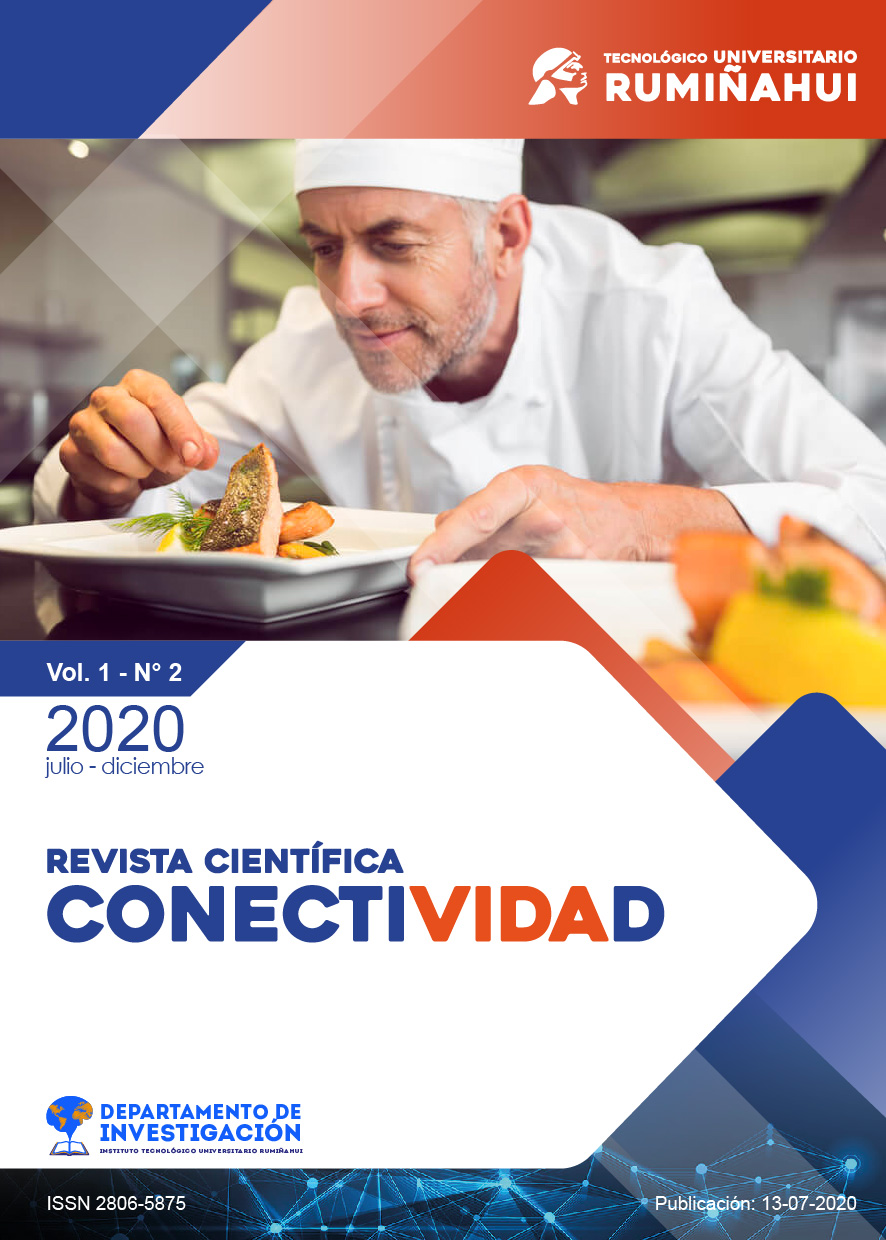Technology and gamification for mathematics learning in higher education
DOI:
https://doi.org/10.37431/conectividad.v2i1.16Keywords:
Technologies in Education, Higher Education, Gamification, methodological strategies, Learning management system, AdministrationAbstract
Technology and gamification is presented as an alternative to the traditional methods and strategies that are currently presented in Higher Education. The development of mathematics and statistics applied to administration in online and face-to-face mode at the university level considers that students require a general domain; However, it can be observed that they present difficulties in logical and abstract reasoning According to the test of the Program for International Student Assessment (PISA), in 2019 the students who took this assessment, more than 70% did not reach the basic level in solving mathematical problems. This article proposes an education through the use of strategies, techniques and adequate means for teaching and learning using ICT and gamification, fostering observation, analysis and synthesis tools in the student. The study observed the importance of maintaining clear guidelines for gamification work through ICT. Among the most relevant results it could be observed that when using gamification in the classroom there was a growth of 33.5% of acceptance compared to traditional education. The Cronbach's alpha statistical test was used with a reliability of 0.7, the correlations between the variables being acceptable. Currently, teachers face the challenge of permanently innovating to renew the methodologies used in their classes and adopt technological tools that increase the cognitive capacities of students.
References
Bermudez & Fernandez, 2009. "Arithmetic: A process-based Computer-Aided Assessment approach for capture of problem solving steps in the context of elementary mathematics". Computers & Education. 78, 333-343. https://doi.org/10.1016/j.compedu.2014.06.015
Blasco, J., Carbonell, T., Casas, M., Escofet, A., Fernández, J., & López, M. (2007). Universidad de Barcelona. Recuperado de http://www.ub.edu/grindofi/sites/default/files/publicaciones/Crear%20Publicaciones/documentos/708_FERN%C3%81NDEZ,%20Jaume.pdf
Carretero, M. (1993). Constructivismo y educación. Zaragoza: Edelvives. Del Val, J. (1989). Creer y pensar, la construcción del conocimiento en la escuela. Barcelona: Editorial Laia. Cofré, Alicia, & Tapia, Lucila. (2003). Como desarrollar el razonamiento lógico y matemático. Santiago de Chile: Editorial universitaria S.A.
Contreras, R. y Eguia, J.L. (2016). Gamificación en aulas universitarias. Bellaterra Instituto de la Comunicació, Universitat Autònoma de Barcelona. Recuperado de https://www.academia.edu/22834718/Gamificaci%C3%B3n_en_aulas_universitarias INEVAL, 2019. Informe de resultados nacional Ser Bachiller Año lectivo 2018-2019. Quito- Ecuador. Recuperado de https://cloud.evaluacion.gob.ec/dagireportes/nacional/2018 2019.pdf
Estrada, R.; Blended -Learning afectivo y las herramientas interactivas de la web 3.0: Una revisión sistemática de la literatura, http://eticanet.org/revista/index.php/eticanet/article/view/45/39, ISSN: 1695-324X, Revista científica electrónica de Educación y Comunicación en la Sociedad del Conocimiento Etic@net, 1(14), (2014) [ Links ].https://doi.org/10.30827/eticanet.v14i1.11982
Marchesi y Marti. et al. (2018). "Collaborative learning with multi-touch technology: Developing adaptive expertise". Learning and Instruction. 25, 13-23. https://doi.org/10.1016/j.learninstruc.2012.10.004
Pradas, S. (2005): Propuestas para el uso de la Pizarra Digital Interactiva con el Modelo CAIT. Madrid: Fundación Encuentro.
Moyano, B. C., Morató, M. M., & Santos, J. (2019). La Gamificación en la educación superior. Aspectos a considerar para una buena aplicación. Pedagogías Emergentes en la Sociedad Digital, 21.
Paredes-Parada, W. (2018). Buenas prácticas en el uso de tecnologías de la información y comunicación (TIC) en universidades ecuatorianas. Ciencia, docencia y tecnología, 29(57 nov-abr), 176-200. https://doi.org/10.33255/2957/301
Paredes-Parada, W. (2019). Brecha en el uso de tecnologías de la información y comunicación (TIC) básicas y modernas entre estudiantes y docentes en universidades ecuatorianas. Revista Educación, 43(1), 134-152. https://doi.org/10.15517/revedu.v43i1.27423
Sandoval, B. (2018, diciembre). El informe PISA y educación en el país. El Telégrafo. Recuperado de https://www.eltelegrafo.com.ec/noticias/columnistas/15/informe-pisa-educación-ecuador
Senescyt (2019, febrero). Senescyt lidera el Encuentro Nacional por la Educación Superior. Boletín de prensa No. 012. Recuperado de https://www.educacionsuperior.gob.ec/senescyt- lidera-el-encuentro-nacional-por-la-educación-superior/
Siemens, G. (2004). Conectivismo: Una teoría de aprendizaje para la era digital. Recuperado de: http://www.elearnspace.org/Articles/ connectivism.htm Siemens, G. (2010). Conociendo el conocimiento. España: Nodos Ele.
Vergara, D. y Gómez, A.I. (2017). Origen de la gamificación educativa [en línea]. Consultado en http://espacioeniac.com/origen-de-la-gamificacion-educativa-pordiego-vergara- rodriguez-y ana-isabel-gomez-vallecillo-universidad-católica-deavila/.
Watt, H.M.G. (2000). Measuring actitudinal change in mathematics and English over 1 st year of junior school: A multidimensional analysis. The Journal os Experimental Education, 68, 4, 331- 361. https://doi.org/10.1080/00220970009600642
Zambrano, R. (2019, junio). En 2018, 13.652 personas se matricularon para estudiar la universidad pública en línea en Ecuador.
Published
How to Cite
Issue
Section
License
Copyright (c) 2020 Instituto Superior Tecnológico Universitario Rumiñahui

This work is licensed under a Creative Commons Attribution-NonCommercial 4.0 International License.
The originals published in the electronic edition under the first publication rights of the journal belong to the Instituto Superior Tecnológico Universitario Rumiñahui; therefore, it is necessary to cite the source in any partial or total reproduction. All the contents of the electronic journal are distributed under a Creative Commons Attribution-Noncommercial 4.0 International (CC-BY-NC 4.0) license.







2.png)





